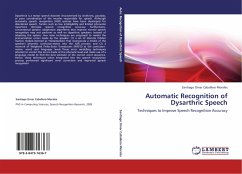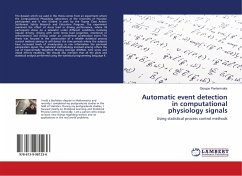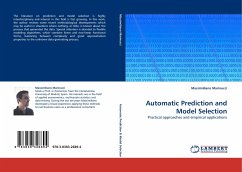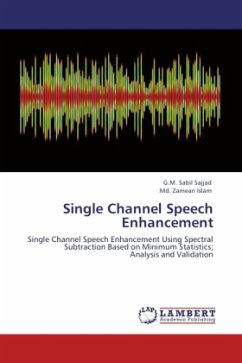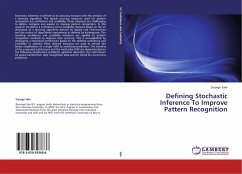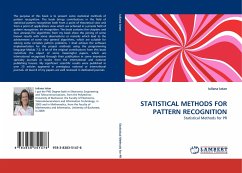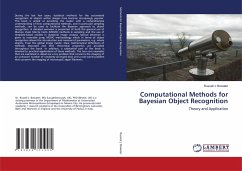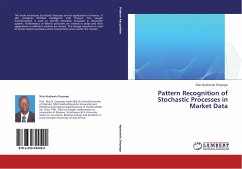Dysarthria is a motor speech disorder characterized by weakness, paralysis, or poor coordination of the muscles responsible for speech. Although automatic speech recognition (ASR) systems have been developed for disordered speech, factors such as low intelligibility and limited phonemic repertoire decrease speech recognition accuracy. Furthermore, conventional speaker adaptation algorithms that improve normal speech recognition may not perform as well on dysarthric speakers. Instead of adapting the system, two main techniques are proposed to model the pronunciation errors made by the speaker: (1) a set of discrete hidden markov models (termed as "metamodels") that incorporate a model of the speaker's phonetic confusion-matrix into the ASR process; and (2) a network of Weighted Finite-State Transducers (WFSTs) at the confusion-matrix, word and language levels. These error modelling techniques attempt to correct the errors made at the phonetic level and make use of a language modelto find the best estimate of the correct word sequence. Hence, these techniques when integrated into the speech recognition process performed significant error correction and improved speech recognition
Bitte wählen Sie Ihr Anliegen aus.
Rechnungen
Retourenschein anfordern
Bestellstatus
Storno

